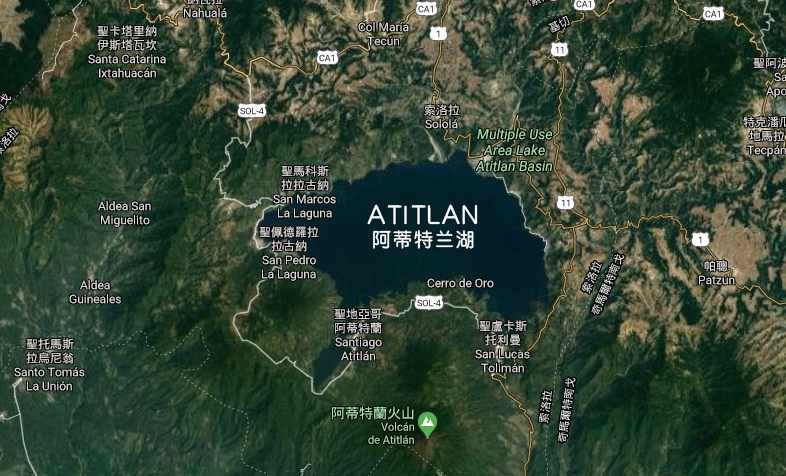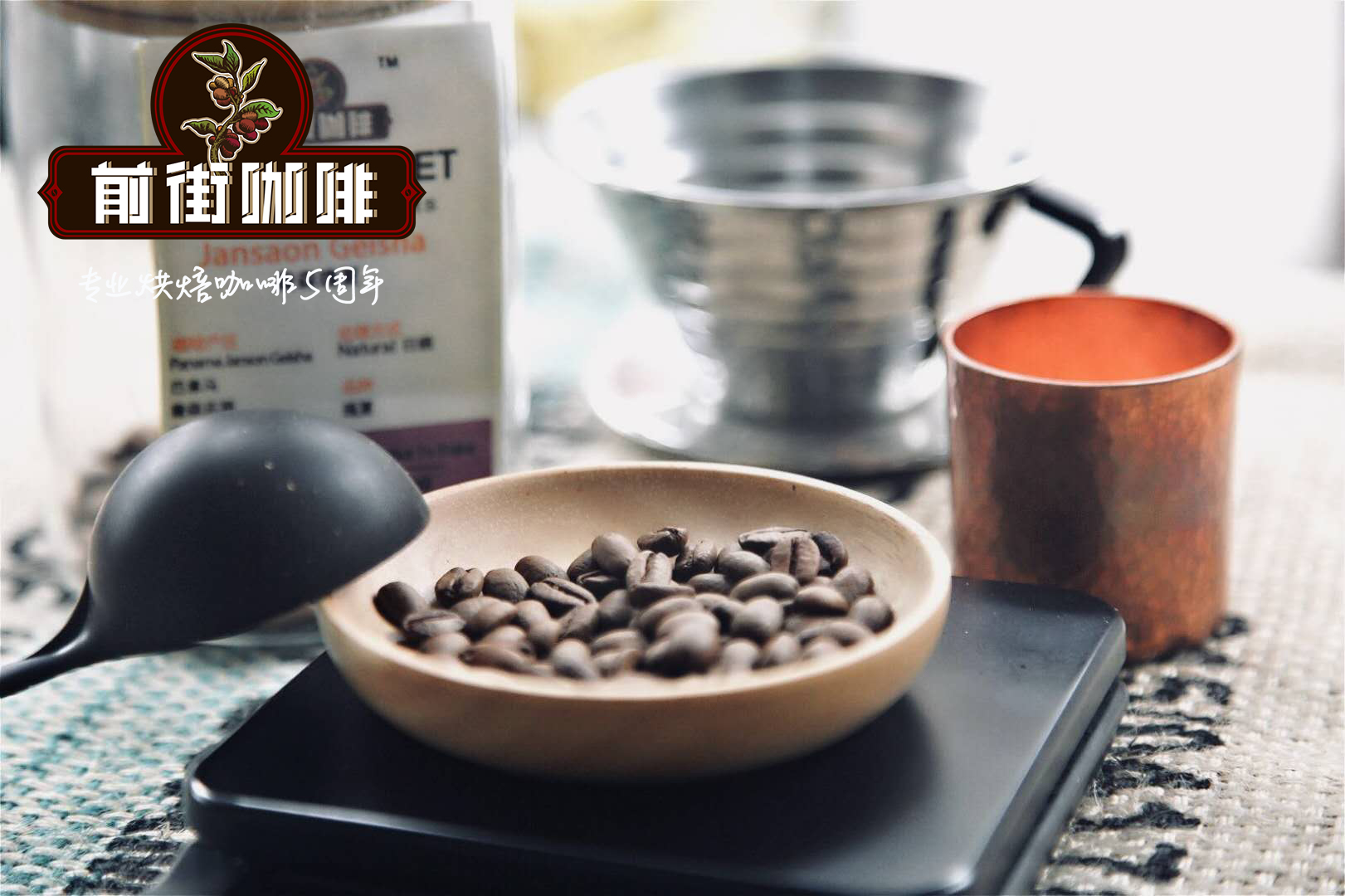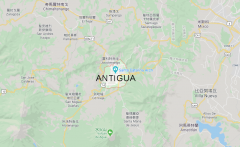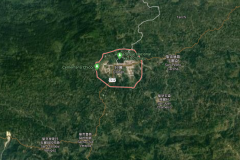Main information of Lake Attilan producing area in Guatemala Lake Attilan coffee flavor
Lake Attilan producing area, Guatemala
Atitlan, which is surrounded by a group of volcanoes, gives coffee a more relaxed personality than Huehuetenango, but it has no less flavor. It is one of the important and well-known volcanic coffee producing areas in Guatemala, surrounded by three volcanoes (Volc á n Atitl á n, Volc á n San Pedro, Tolim á n), compared with other volcanic coffee producing areas. The soil of Atitrand contains the most abundant organic matter. 90% of the coffee is grown along extremely steep slopes and extends all the way to Lake Attilan, Guatemala's largest and most famous volcanic lake, whose beauty makes it a desirable area for many writers and tourists. In the near afternoon, there will be a strong wind in the Atitlan producing area, which is called xocomil by the locals, which means "take away the evil wind". The wind glides across the cold surface of Lake Attilan and blows to the coffee producing area, so that the microclimate of the area has its own style and characteristics.
The humidity in this area is as high as 70-80%. Drying occurs almost entirely in the sun, and almost 95% of coffee is grown by an average of 12 hectares of small producers. Most of the coffee harvested in these areas is bourbon, but Typica,Caturra and Catuai beans are also grown. The harvest is between December and March. Atitlan coffee is fragrant. They have crisp and bright acidity and a whole body.

■ altitude: 1500-1700m
■ annual rainfall: 1800mm to 2300mm
■ average temperature: 20: 23 ℃
■ relative humidity: 75-85%
■ harvest season: December to March
■ soil: volcano
Main drying process of ■: Rizhao
■ shade species: Gravilea & Inga
Main topography of ■: Lake, forest
■ coffee is mellow: bright aroma, citrus acidity and balanced flavor

Important Notice :
前街咖啡 FrontStreet Coffee has moved to new addredd:
FrontStreet Coffee Address: 315,Donghua East Road,GuangZhou
Tel:020 38364473
- Prev

Antigua Coffee producing area in Guatemala introduces the taste and flavor of Antigua coffee
Antigua Antigua, Guatemala is said to be the birthplace of Guatemalan coffee. Antigua is located in the valley surrounded by three volcanoes (Agua, Fuego and Acatenango), among which Volcan Fuego is an active volcano! As a result of irregular outbreaks, the soil in this producing area is rich in minerals, and there are also a large number of virgin forests in the producing area, which makes the soil rich.
- Next

A detailed introduction to the coffee producing area of Koban Rain Forest in Guatemala the flavor characteristics of Koban Rain Forest Coffee
Guatemala has the second highest annual rainfall in coffee production area | Rainforest Coban in Koban Rain Forest. The name comes from the Qeqchi language "CobAn", which means "foggy place". There are perfect producing areas with steep mountains, green rain forests and charming flower scent, including an unspoiled natural environment and a unique micro-climate. High altitude mountain group and high humidity tropics
Related
- Beginners will see the "Coffee pull flower" guide!
- What is the difference between ice blog purified milk and ordinary milk coffee?
- Why is the Philippines the largest producer of crops in Liberia?
- For coffee extraction, should the fine powder be retained?
- How does extracted espresso fill pressed powder? How much strength does it take to press the powder?
- How to make jasmine cold extract coffee? Is the jasmine + latte good?
- Will this little toy really make the coffee taste better? How does Lily Drip affect coffee extraction?
- Will the action of slapping the filter cup also affect coffee extraction?
- What's the difference between powder-to-water ratio and powder-to-liquid ratio?
- What is the Ethiopian local species? What does it have to do with Heirloom native species?

